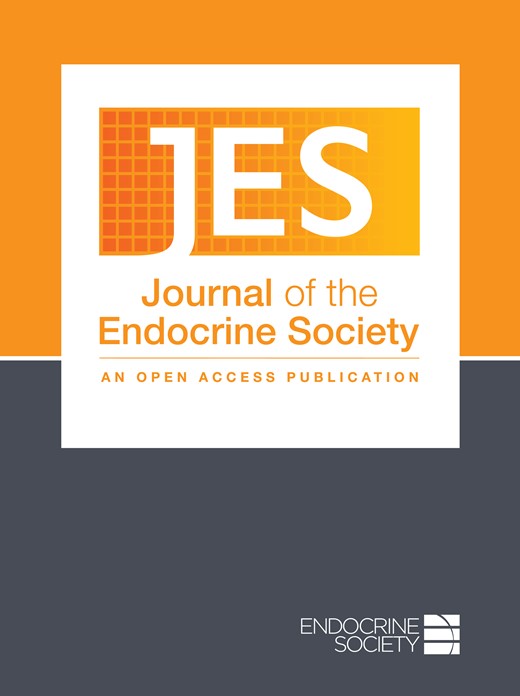
A significant longitudinal study examining pediatric prediabetes progression reveals key predictors for type 2 diabetes (T2D) development in youth. The research, analyzing 552 patients over 7 years, identifies specific laboratory markers and clinical characteristics that can help pediatricians better stratify risk and implement targeted interventions before T2D onset.
Key Points:
- Only 6.5% of pediatric patients with prediabetes progressed to T2D over the 7-year study period, with an average progression time of 28.8 ± 17.9 months, highlighting the need for precise risk stratification to identify those requiring intensive intervention.
- Initial visit metrics strongly predictive of T2D progression include higher HbA1C (HR 1.3 per 0.1% increase), elevated 2-hour glucose (HR 1.2 per 10 mg/dL increase), and male sex (HR 2.4), while fasting plasma glucose showed no significant predictive value.
- Weight trajectory significantly impacts progression risk – patients who developed T2D showed an average BMI increase of 4.2 kg/m² from initial visit to diagnosis, with 89% of progressors demonstrating increasing BMI patterns.
- Metformin compliance appears to delay progression – patients consistently taking metformin took significantly longer to progress (43 ± 21 months vs 26 ± 16 months) and had lower HbA1C at diagnosis compared to non-compliant patients.
- Earlier identification through prediabetes screening resulted in less severe T2D presentation – only 17% required insulin at diagnosis compared to 54% in the general clinic population, suggesting benefits of proactive monitoring.

HCN Medical Memo
The identification of specific progression risk factors enables pediatricians to implement more targeted monitoring and intervention strategies. Consider prioritizing patients with elevated HbA1C and 2-hour glucose values, particularly males with increasing BMI trajectories, for more intensive follow-up and earlier therapeutic intervention.
More in Pediatric Endocrinology
 PATIENT EDUCATION
PATIENT EDUCATION  OBESITY/WEIGHT MANAGEMENT
OBESITY/WEIGHT MANAGEMENT  EXERCISE/TRAINING
EXERCISE/TRAINING  LEGAL MATTERS
LEGAL MATTERS  GUIDELINES/RECOMMENDATIONS
GUIDELINES/RECOMMENDATIONS